Mini Split Air Conditioning Guide
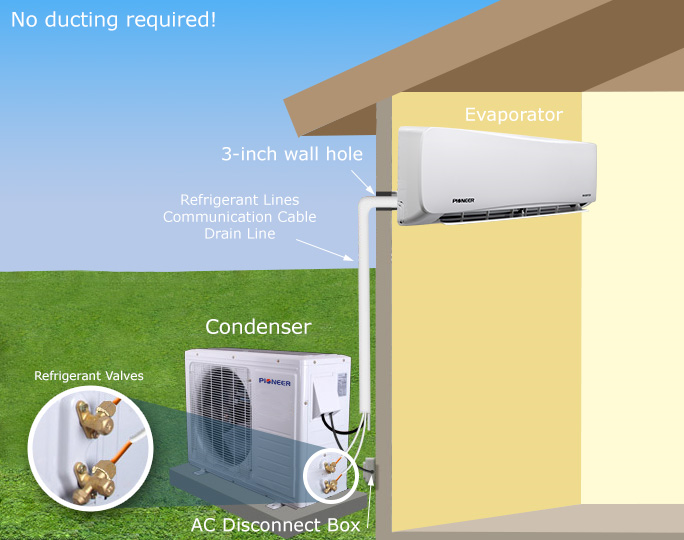
All About Mini Split Air Conditioning Units
When thinking about mini split air conditioning units, the most appealing factor for many homeowners is that they avoid the need for additional duct work on one’s home. This, of course, significantly reduces the financial cost of heating or cooling specific areas that don’t currently have air ducts leading to them. While fans and space heaters are viable options, for those who want something more comprehensive, powerful, and controlled, single- and multi-zone mini split air conditioning units are an excellent, non-invasive way to get additional heating or cooling.
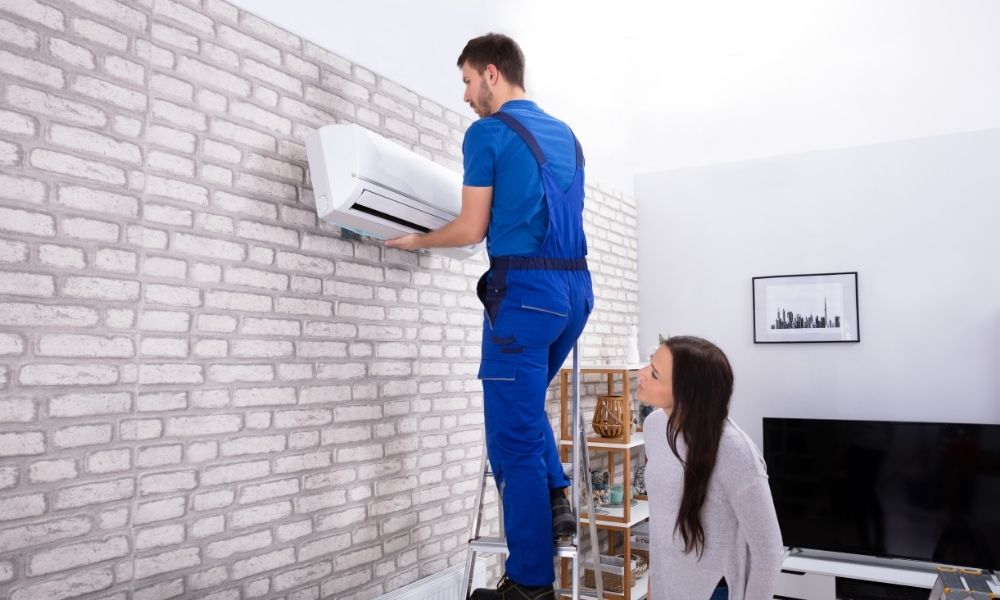
What Home Alterations Are Required To Install Mini Split Air Conditioning Units?
While there won’t be any major work you need to do in preparation for installing a mini split system, most often, the necessary alterations are limited to cutting a small hole for the purpose of running the line set and power cable to your mini split’s head unit. Luckily, this is often a very simple and easy process, as mini splits usually only require one circuit to power the unit—this straightforward process is just part of a mini split’s appeal.
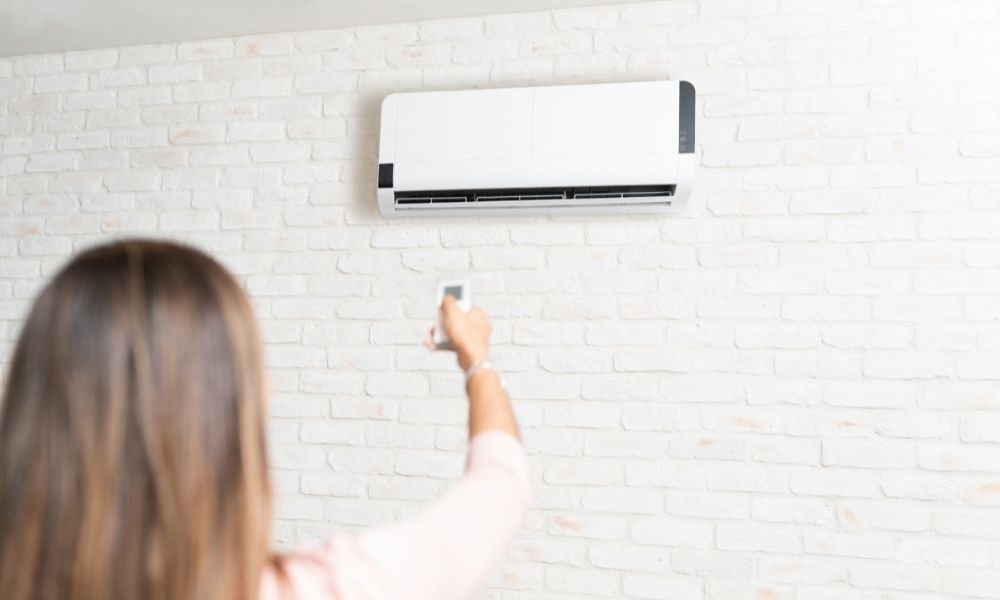
How Are Mini Split Air Conditioning Units Controlled?
Instead of using a thermostat like your main heating and air conditioning, most mini split units are controlled with a remote that’s specific to the head unit. This usually serves to benefit the homeowner, as areas where mini split systems are installed aren’t always places you want to have consistent temperatures with the rest of the house—this is particularly the case for garages. However, for in-house rooms as well, family members or roommates will have the ability to customize their own room’s temperature without affecting other rooms.
What Is a Mini Split Inverter Heat Pump and Is It Right for Me?
Mini split inverter pumps allow for continuous temperature regulation, as they monitor the temperature of the room they are placed in and adjust their output accordingly. Using “smart” sensors, mini split inverters sample the room’s temperature. Then, based on the desired target temperature you set, it will perform one of two cycles, which depend on whether you need heating or cooling. In a summer cycle, warm air is drawn in and pressurized until it is condensed completely. Then, it is run through an evaporator, which will turn the (now liquidized) air back into a gas. The decompression the gas experiences causes it to expand and cool below room temperature; from there, the internal fan blows it out. When the drawn-in air gets below the desired temperature, the mini split will stop the cooling process until it senses the room’s temperature rise again. Similarly, during a winter cycle, mini split inverter pumps will function the opposite way. Effectively, this means they will pump backward, pushing cold air outside and warm air in.
The main advantage of a mini split inverter is that, by continuously monitoring a room’s temperature, it will never unnecessarily heat or cool a room; when the inverter reaches its set target temperature, it will stop functioning until the room needs it again. This, in turn, should reduce the energy costs associated with your heating and cooling setup. Depending on your mini split system, you can achieve further efficiency through speed control inverters. This essentially allows your mini split system to continuously run, adjusting output in real time and reducing the energy requirements of starting and stopping cooling and heating processes.
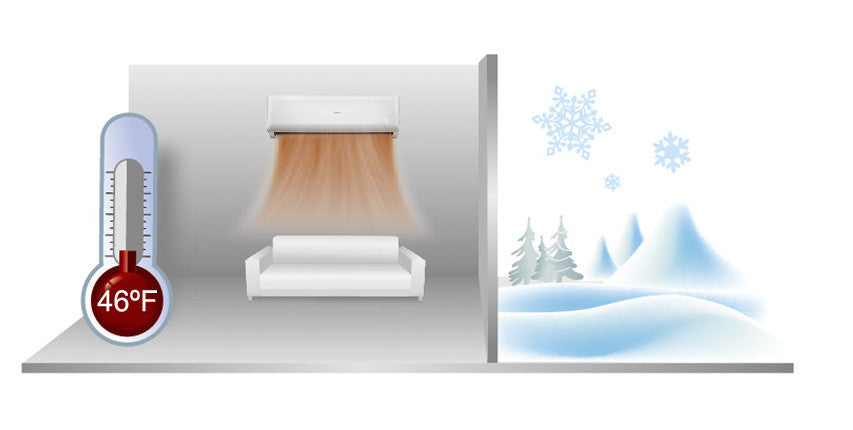
What Is the Difference Between Inverter+ and Inverter++?
One can categorize mini split inverter heat pumps into inverter+ and inverter++ variations. The key difference between them, beyond efficiency, is their performance in cold weather. Where inverter+ systems may stop functioning if the outdoor part of the unit reaches less than 5-degrees Fahrenheit, inverter++ system can function in as low as -13-degrees Fahrenheit.
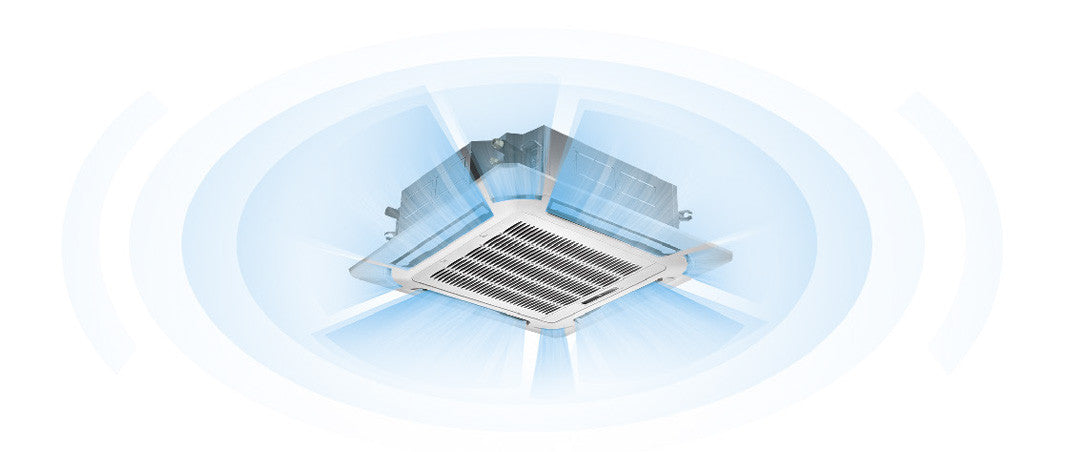
What Is SEER?
SEER (or SEER2 since 2023), which stands for “seasonal energy-efficiency ratio,” is a function of an HVAC system’s cooling output by its electrical consumption. Higher SEER ratings indicate increased efficiency and, therefore, lower operational costs. This, however, typically comes at greater upfront costs when purchasing your desired mini split system.
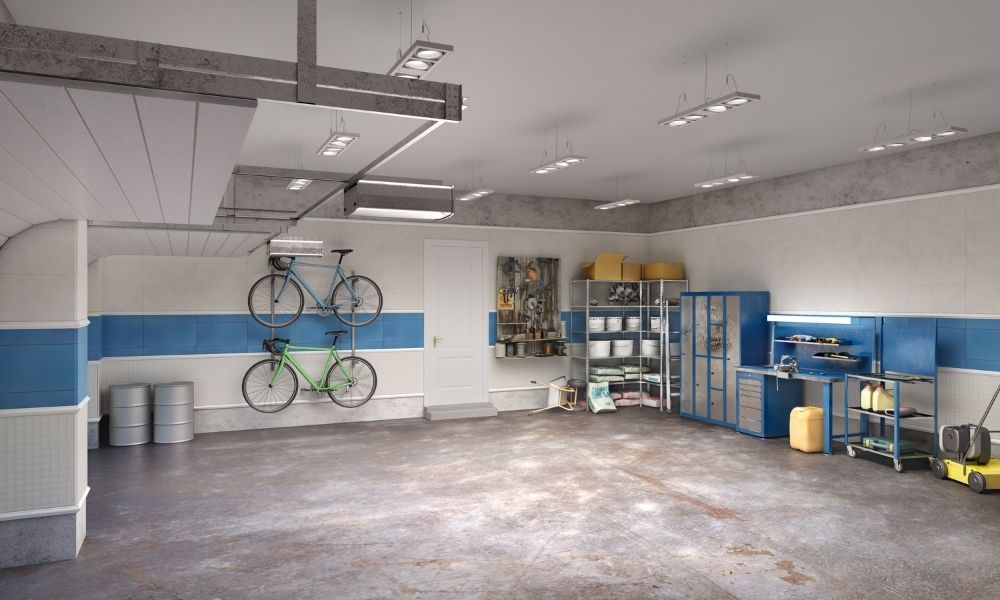
What Is “BTU” and How Can I Find Out How Many BTU I Need To Manage a Room?
BTU, or British thermal units, are an imperial unit of measurement that indicates the heat energy required to increase the temperature of one pound of water by 1-degree Fahrenheit. This is relevant to selecting your mini split unit because you need a proportionally greater BTU capacity to cool increasingly large rooms. You can calculate your BTU requirements here.
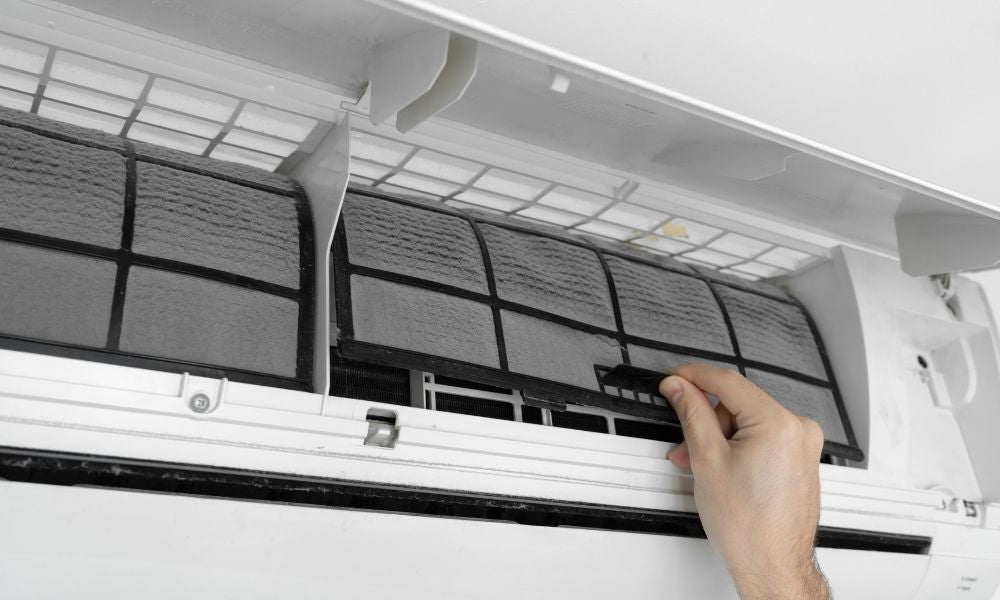
Maintaining a Mini Split System
In general, mini split units don’t require much maintenance. Even so, proper upkeep will ensure that yours operates at full capacity in the long term. By keeping both the indoor and outdoor parts of your unit unobstructed, regularly changing your unit’s filters, and opting to have your units serviced regularly, your mini split system should remain operational in perpetuity.
What Is the Difference Between All the Styles of Air Handlers?
As their names indicate, mini split systems can operate in a range of locations in your home. Therefore, picking the right system for you involves determining where it will go, if (and how) you will mount your unit, and your personal preferences like budget, look, and airflow.
The main types of mini split systems are:

Ceiling Units
These units work best for those who want mini split systems that are generally out of the way and deliver a high level of airflow with a reasonably low profile. They typically come at the highest cost and in both ducted and ductless variations.

Concealed Units
These units suit those who want the most conventional-looking system. They operate similarly to the ceiling variations of mini split systems, although they benefit from multidirectional orientation capabilities-they can be placed upright or on their side depending on where they are installed, for instance. These are also a higher-cost option. They typically have built-in drainage pumps, though, and are considered the most compact. Therefore, individuals with limited space often prefer this option.

Wall-Mounted Units
These are the most common type of mini split system. Customers will enjoy a quiet, efficient, and low-cost option when compared to concealed and ceiling styles of mini splits. However, if you want to install a wall-mounted mini split unit, you must ensure you have the upper wall space required for their installation.

Floor Units
For those without upper wall space seeking a relatively low-cost mini
split system, floor mini split systems are a popular option. Fairly
compact and low profile, individuals usually place this kind of mini
split under a window.
There Are So Many Mini Split Brands Out There; What Sets Pioneer Apart From the Rest?
Our value proposition is simple. We’ve been the largest provider of mini split systems since the mid-‘90s, and this allows us to offer the best pricing, comprehensive warranties, and a generous return policy. What’s more, we have an unparalleled level of expertise in the sector; whether you consider our product’s instant availability, our immediate shipping on payment confirmation, our free shipping for all orders over $299, or our excellent customer service, everything we do puts our customers first.
If you are interested in purchasing a mini split air conditioning unit, you can check out our website to see our selection of ductless, multi-zone, and ducted mini split systems.

